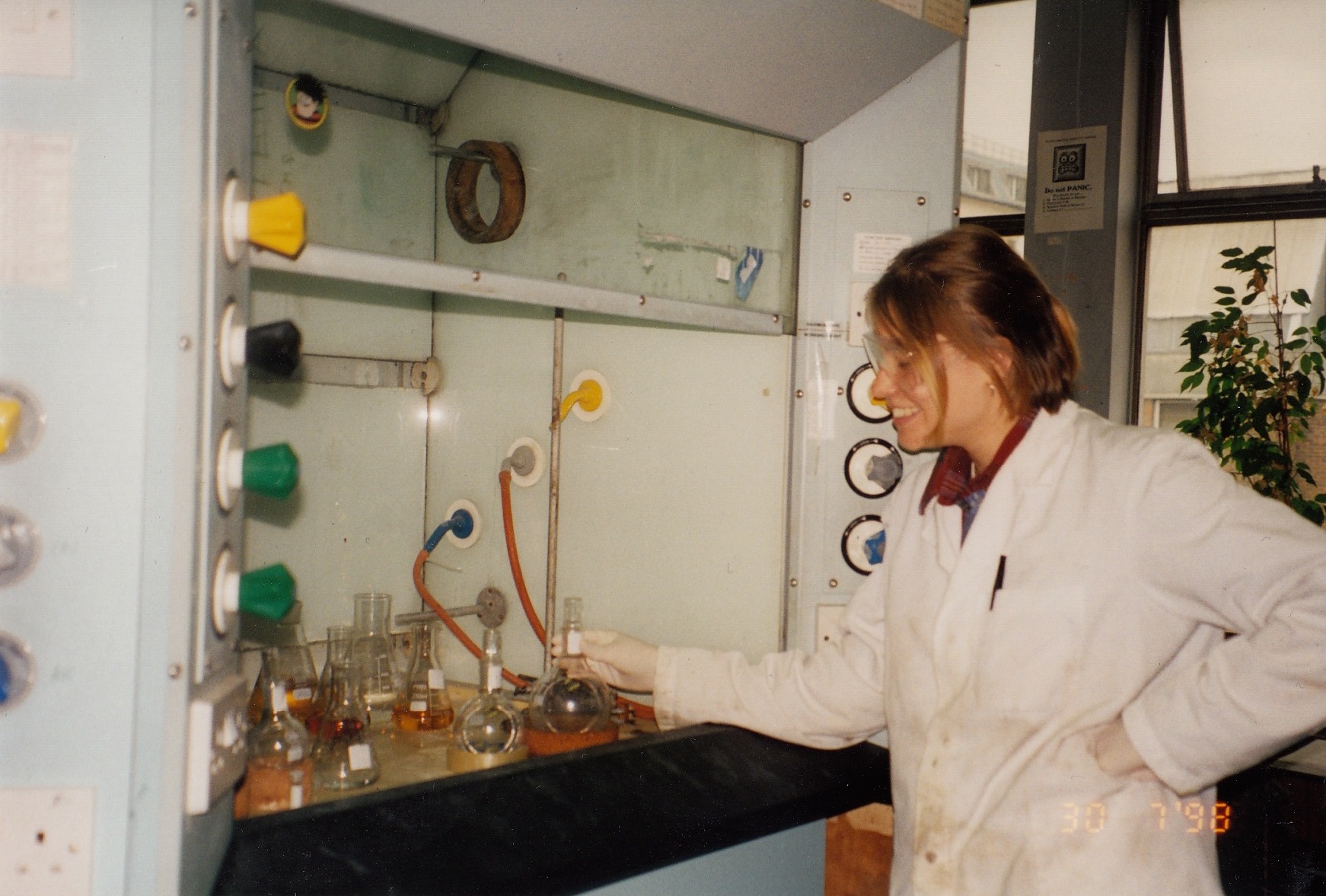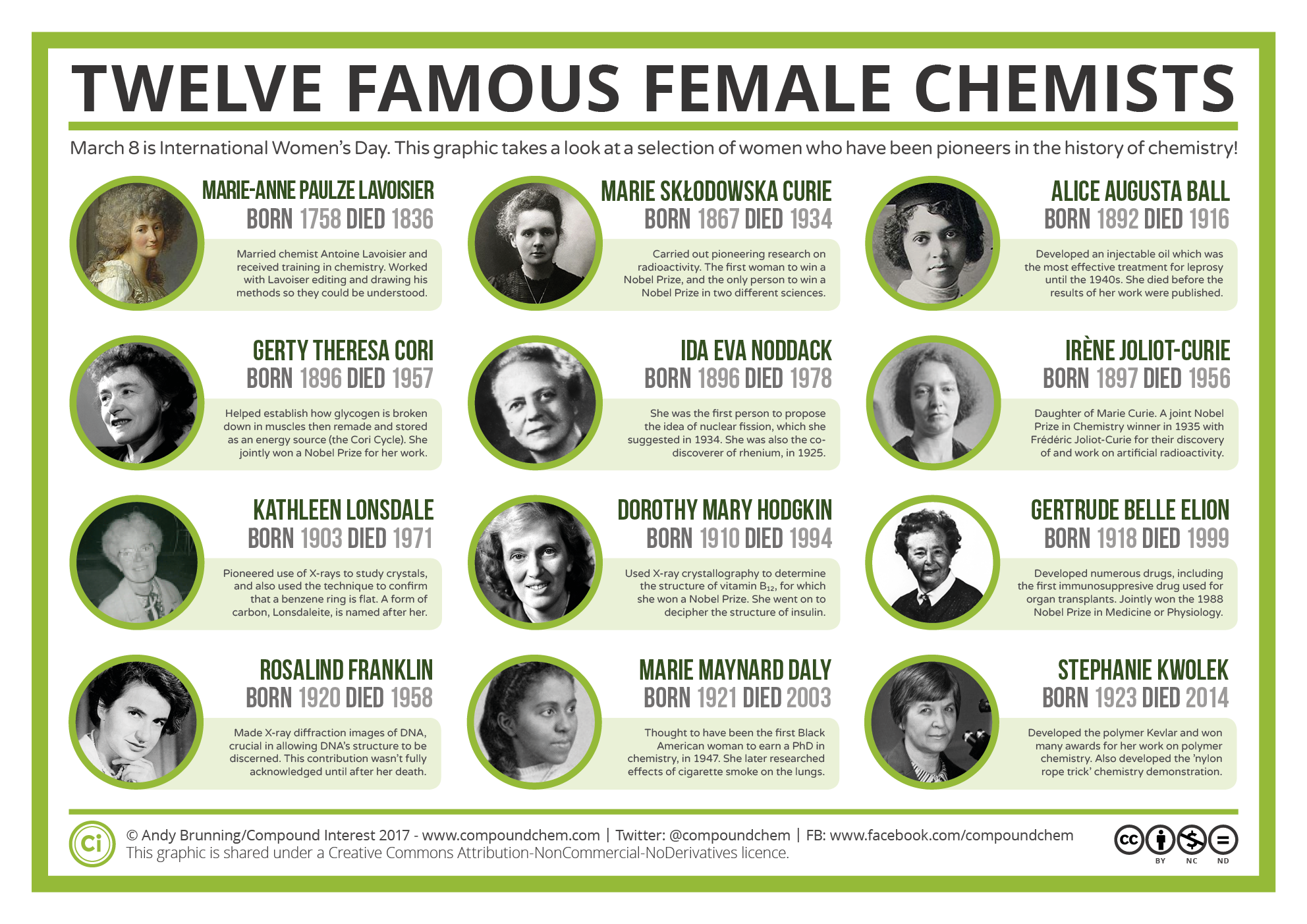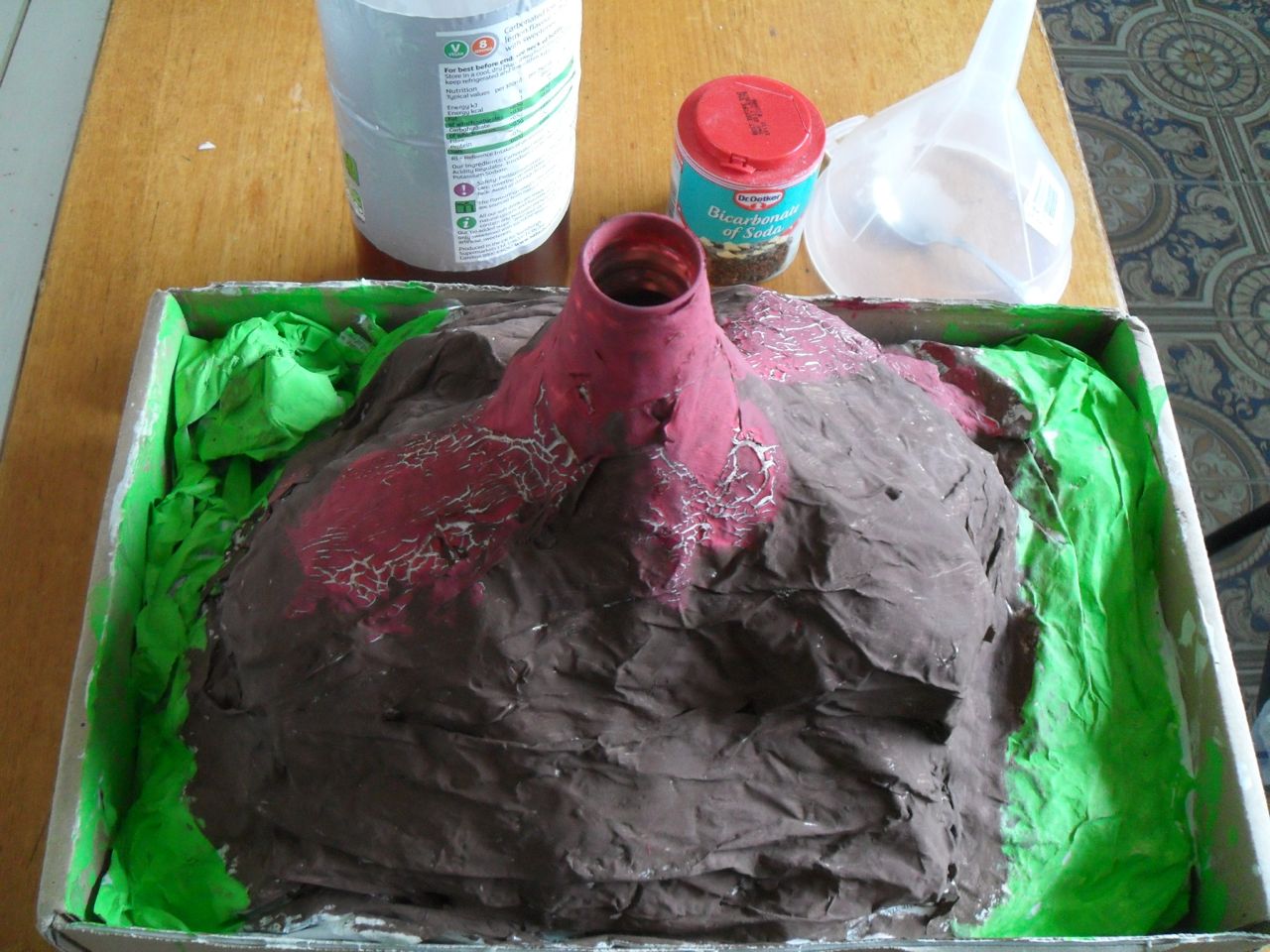As we’re currently in British Science Week (10 – 19th March), I thought it the perfect opportunity to write about something close to my heart: women in science.

Now, I used to be a woman in science, but then I left for all sorts of reasons, which I outlined in an earlier post. To clarify, it was not the science that was the issue, rather, a male-dominated environment (and the competitiveness, extrovertism and ‘blokey’ jokes that was a huge part of that environment). It was also a time when work email somehow allowed people (okay, let’s admit it – they were men!) to send pornographic images. At one university I worked at I walked past the odd computer screen seeing some things I’d much rather not have seen. This experience didn’t make me (one of about 5 women in a group with 20 men or so) feel so great about myself.
In addition, looking up the hierarchy, I could see that the female lecturers and researchers were clearly juggling so much – their careers and motherhood and trying to run a household, and, and… and still the male lecturers would make comments about the women ‘not pulling their weight’.
In conclusion: I did not love scientific research enough to continue in that career. And that is okay. I am glad I realized this sooner rather than later.
However, I am immensely thankful for the women who do love research and overcome all kinds of obstacles to pursue their research and excel in their specialism. But why is it that at the age of 40 (and even as an ex-scientist) I still find it difficult to name the contributions women have made to science? Once again, and as in so many fields of endeavour, women’s achievements in science have been overlooked, sidelined, ignored. Or been appropriated by men. In general, women scientists have been put on ‘mute’.
So when I came across this image on Facebook on International Women’s Day – from the excellent Compound Interest page – I was delighted to discover more women scientists. (Chemists, like me!)

And when I went to my local library the other day they had a wonderful display full of cards with inventions and discoveries by scientific women on them. Such as:
Stem cell research – Ann Tsukamoto
Kevlar – invented by Stephanie Kwolek
Semi-conductor theory/telecommunications research – Shirley Ann Jackson
The life raft – Maria Beasley
Computing – Grace Hopper
Solar-energy technology – Maria Telkes
This display was for International Women’s Day (or to call it by its other name – ‘Why Isn’t There An International Men’s Day’?). Sad but true, every year outraged men take to Twitter to wonder aloud Why oh why isn’t there a special day for men? Richard Herring, bless his heart, answers many, many of them to let them know that yes, there is an International Men’s Day. It’s on 19th November. He also encourages his followers/those interested in his cause to educate the incredulous to donate money to the charity Refuge).
And another good resource for women scientists I came across recently is Sheroes of History.
Having been a teacher (and now a parent) for a fair while now, I’m pretty sure that girls and young women have got the message that science is something that both sexes can excel at. But it cannot be overlooked that academia is very much an environment for the privileged white middle-class male. That’s not to say that boys and young men shouldn’t be encouraged to study science – they should be, it’s brilliant! It’s just that schools, universities and scientific companies need to look at their environment through the feminist (as well as racist) lens. How can we make academia more accessible to women? How can we keep mother scientists still involved in research if they don’t want to spend virtually all their waking hours away from their children? How can we get away from the competitiveness that so obviously suits highly-driven testosterone-fuelled men? Indeed, can scientific research be a cooperative endeavour? And why oh why must everything be measured by publication in the ‘big’ journals, Science, Nature et al.? Is this really where all the ‘good’ science is? Just as with poetry, there are the ‘big’ journals/magazines. That does not mean that the smaller literary magazines aren’t publishing just-as-good (if not better) poetry. They are!
Sadly, again, so much of the problems of academia come down to that monster, neoliberalism. Universities are more companies nowadays, the students the ‘customers’ – the power taken from academics and given to the bureaucrats and the private companies they fling money at. The people at the top enjoy six-figure salaries for formulating things like: strategic mission and the academic vision, innovative streamlining, the student-centred approach etc. while the academics (who are irreplaceable, because, let’s face it, how many of us have a good working knowledge of quantum mechanics, or crystallography or neuroplasticity or… or… ?) grind on, trapped between teaching, research and the huge amount of administrative tasks they have to complete. They do not enjoy six-figure salaries. And especially not if they’re women.
However, all that said, there are, of course, exceptions to the rule. There are high-earning women at the top, just as there are high-earning men at the top. Check out this link if you want to know just what the heads of some unis pay themselves. I will add two words here that are appropriate: fat and cat. But as always, there are good stewards at the head of universities, who are perhaps worthy of their salary. And there are bad stewards at the top of many universities too, who are most certainly not worth of their salary. Also, there are women who thrive in a competitive environment. And those who do not. But the lower down the hierarchy you go the more likely you are to find women not negotiating for extra pay, not negotiating for better working conditions for themselves and their families, and not speaking out about inappropriate conduct or unprofessionalism of male colleagues.
I don’t know what the answer to all this is, although I think it’s clear that separating business from academia is key. Commercialism is making science less science-y. And in these post-truth times, scientific rigour, objectivity and the pursuit of truth (no matter if that truth pains us) is absolutely vital. I also think that talking and writing about all the many women scientists of the past and today is also key in helping girls and women to know that science is something that they can really get involved in. And excel at. Lastly, we need to give young women the tools to assert for themselves so that they can make the changes to academia that are so badly needed to free it of capitalism’s grip so that it can become a true place of learning and creative investigation, irrespective of the student or teacher’s sex, skin colour, class or financial background.

There’s so much in this post – my brain is whirring! I think sexism is so ingrained in society it’s going to take a good while longer to balance things out. I do love the way Richard Herring responds to all those ‘but when is international men’s day?’ comments – brilliant. Sorry it’s taken me so long to get round to reading this and commenting! Trying to catch up with blog land in little bits when i can xx
Thanks for your comment, Maddy. And I agree, sexism is so ingrained that it’s going to take a (possibly) very long time to balance things out. But we can at least talk about these things with our children. And re: taking a while to catch up with reading and commenting – no worries, I totally understand, life is hectic! Take care, M xx